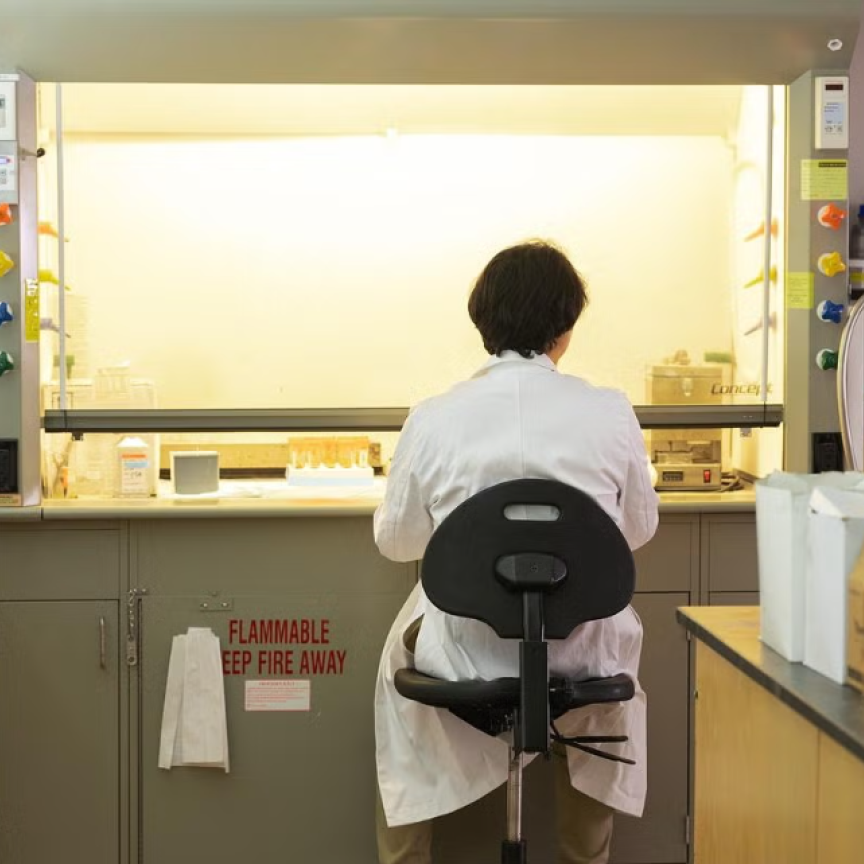Solar power has become increasingly popular over the years thanks to its ability to provide energy independence in an environmentally sustainable way.
This has increasingly been the case over the past two decades, with solar and other renewable solutions once again being at the forefront in today’s society, where other energy sources have become ever more expensive. Government schemes, alongside private investments, have accelerated the advancement of solar technology, with a view to ultimately bringing it into the mainstream collection of energy sources.
The main types of solar technology are solar photovoltaics (PV), which convert the sun’s rays into electricity, and concentrating solar power (CSP), which incorporates optical elements to use the sun to heat liquid such as water, for example, for heating. The optical elements used in solar include lenses (most commonly Fresnel lenses) and mirrors, which are used to collect, guide, concentrate, couple, trap, transform and absorb the light and convert it into energy.
Solar can be used in a number of applications outside of heating and powering homes and businesses. In agriculture, for example, it can be used as a power source for irrigation or, in healthcare, panels can be used to refrigerate medical supplies. Likewise, PV has a variety of application examples including power stations, solar planes, solar-powered water purification, solar-pumped lasers, vehicles and even on space crafts and space stations.
Optical products for solar on the market now
Vendors of technology for the solar sector include Avantes, which works closely with industrial and research customers in the solar industry to design spectroscopy and spectroradiometry systems that meet the demands of this industry. Measurement needs are diverse, ranging from process control applications in the manufacturing of thin-film photo-voltaic panels through direct solar measurements and solar simulator characterisation.
Azur Space Solar Power develops and produces multi-junction solar cells for space PV and terrestrial CPV applications. Its solar cells offer high efficiencies, small temperature coefficients and excellent power-to-mass ratio. They are based on III-V compound semiconductor materials compared to other PV materials, and products include high-efficiency solar cells optimised for space and terrestrial CPV applications, as well as components with a higher integration level or customised solutions.
Edmund Optics offers a number of off-the-shelf and custom solar optical components to support PV technologies. These range from large Fresnel or glass condenser lenses to a variety of cold coated optics. These are widely used to collect and focus solar energy and help advance LED technology. Unique optical designs can also be provided for researchers and OEMs.
Gencoa provides vacuum web coating for sputtering. The technique offers advantages in terms of productivity and end-use adaptability. The traditional polymer-based substrate materials include PET, PEN, polyimide, flexible glass and metallic strip. The technique covers the spectrum from packaging applications to high-technology display and solar cell production.
Indium Corporation manufactures materials for the photovoltaic assembly industry. By providing reliable soldering interconnect materials coupled with expertise and knowledge, the company aims to improve solar cell efficiency, increase the lifetime of the PV module, and reduce total manufacturing costs.
Kurdex is a supplier of thin-film equipment and services. Its vacuum deposition and etch tools include sputtering, evaporation, PECVD, ALD and ARC plasma. Products are used in applications including solar, battery, semiconductor/packaging, data storage, FPD, automotive, and lighting.
Lambda Research Corporation’s TracePro software package is a leading optical and illumination analysis and simulation program used by optical and illumination engineers worldwide. It can be used for modelling, analysing, and optimising solar collection systems.
Lumencor’s high-performance illuminators are available to aid characterisation of photovoltaic devices. Traditionally this process has employed xenon arc or tungsten-halogen lamps to approximate the solar spectrum. However, their spectral output is not readily amenable to controlled adjustment, and long duration tests can be limited by their relatively short operating lifetimes. Lumencor’s illuminators help to remove these limitations and introduce capabilities such as the capacity to assemble any required spectral distribution by combining outputs from as many as 21 discrete solid-state light sources.
Materials Science specialises in magnetron sputter deposition to help produce films and structures with qualities that have historically been difficult to obtain in high-volume production. The company has implemented systems for magnetic and optical storage media, semiconductor production, compound semiconductor devices, precision optics, decorative coatings, functional and wear purposes, flexible substrates, MEMS devices, flat panel displays, telecommunication devices, fibre optics and solar applications.
Naura Akrion offers a full line of wet processing solutions to support the needs of solar cell manufacturers using crystalline silicon wafers. The company has developed customised solutions for saw damage removal, texturisation, cleaning, and surface shaping of PV wafers including those used in heterojunction and other advanced cell designs.
Niabraze is a manufacturer of electroplated and brazed diamond products such as diamond band saw blades, secured diamond saw (SDS) wire, diamond cut-off blades, diamond and CBN grinding wheels and hole saws, and milling tools. Its diamond wire for wire saws is most commonly used in the solar industry.
Optosolar offers high-precision measurement equipment for photovoltaic measurements. Its analogue-to-digital converters have a high number of bits, low noise and no missing codes. Special resistors are selected for measuring currents, gold coated LEMO plugs certified to more than 90,000 usage cycles, amplifiers with very low noise and very low error currents. All equipment can be certified to ISO 17025, allowing the owner to use it in a certified measurement laboratory, such as a cell testing or module testing institution.
Sciencetech solar simulators produce high intensity, uniform illumination on a target area. Typically, high-power solar simulators use an ellipsoidal reflector to capture light from an arc lamp source inside the reflector, an arrangement that results in a light pattern with a bright outer region and a dark centre. The continuous and flash solar simulators from Sciencetech are available from Photonic Solutions.
This is not an exhaustive list. If you want your company included, please email: editor.electro@europascience.com
This article was last updated in 2024.


